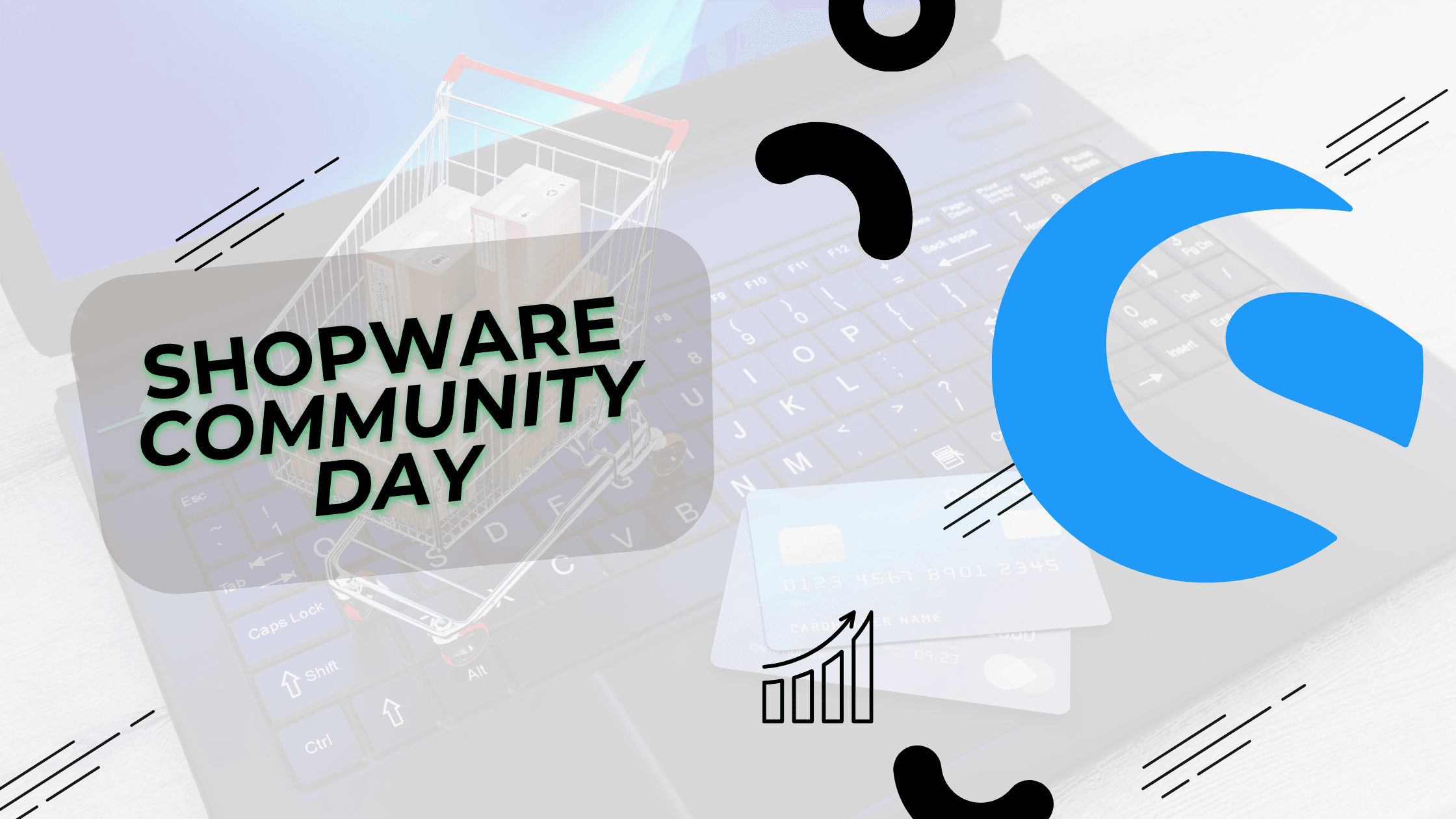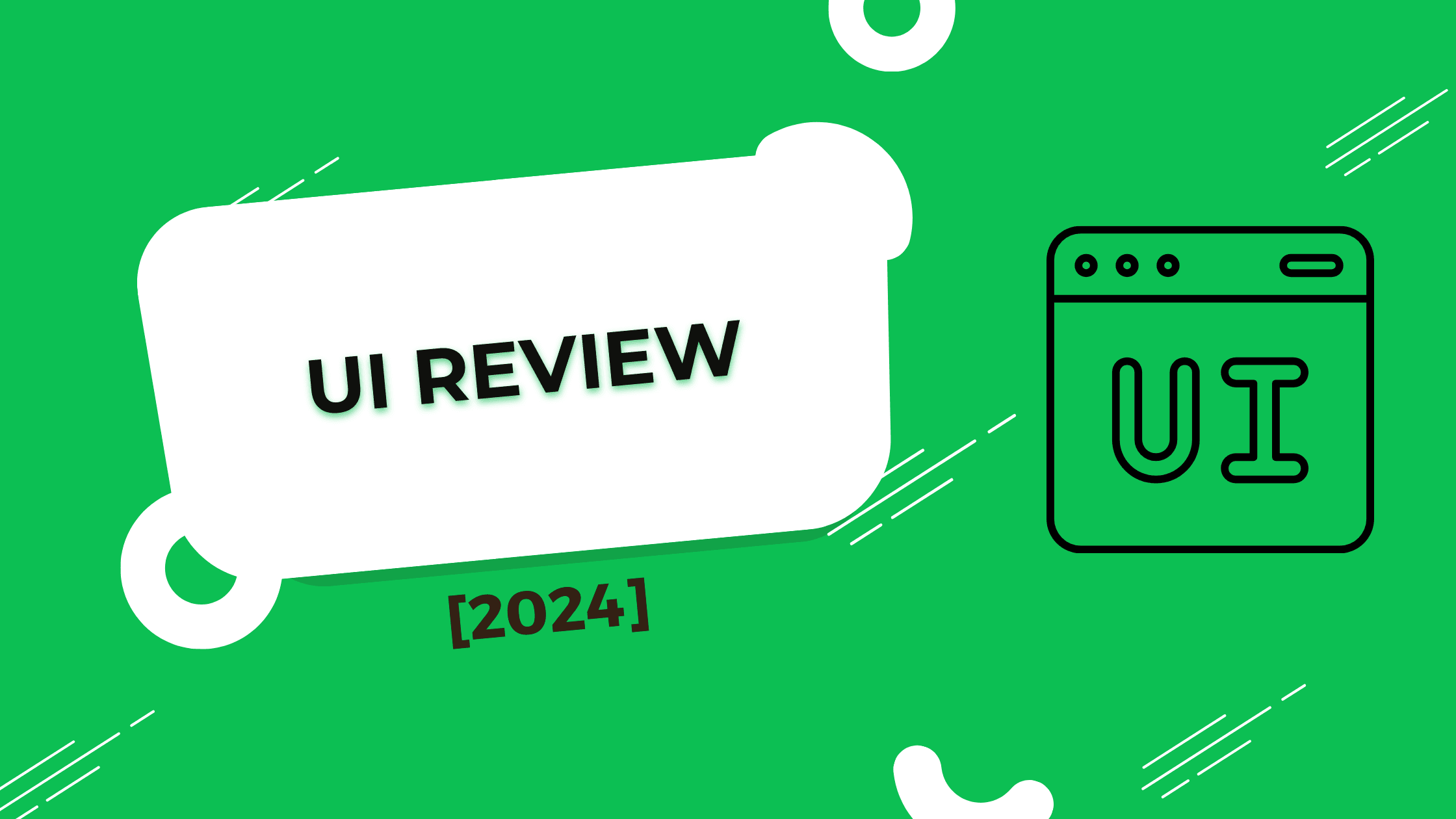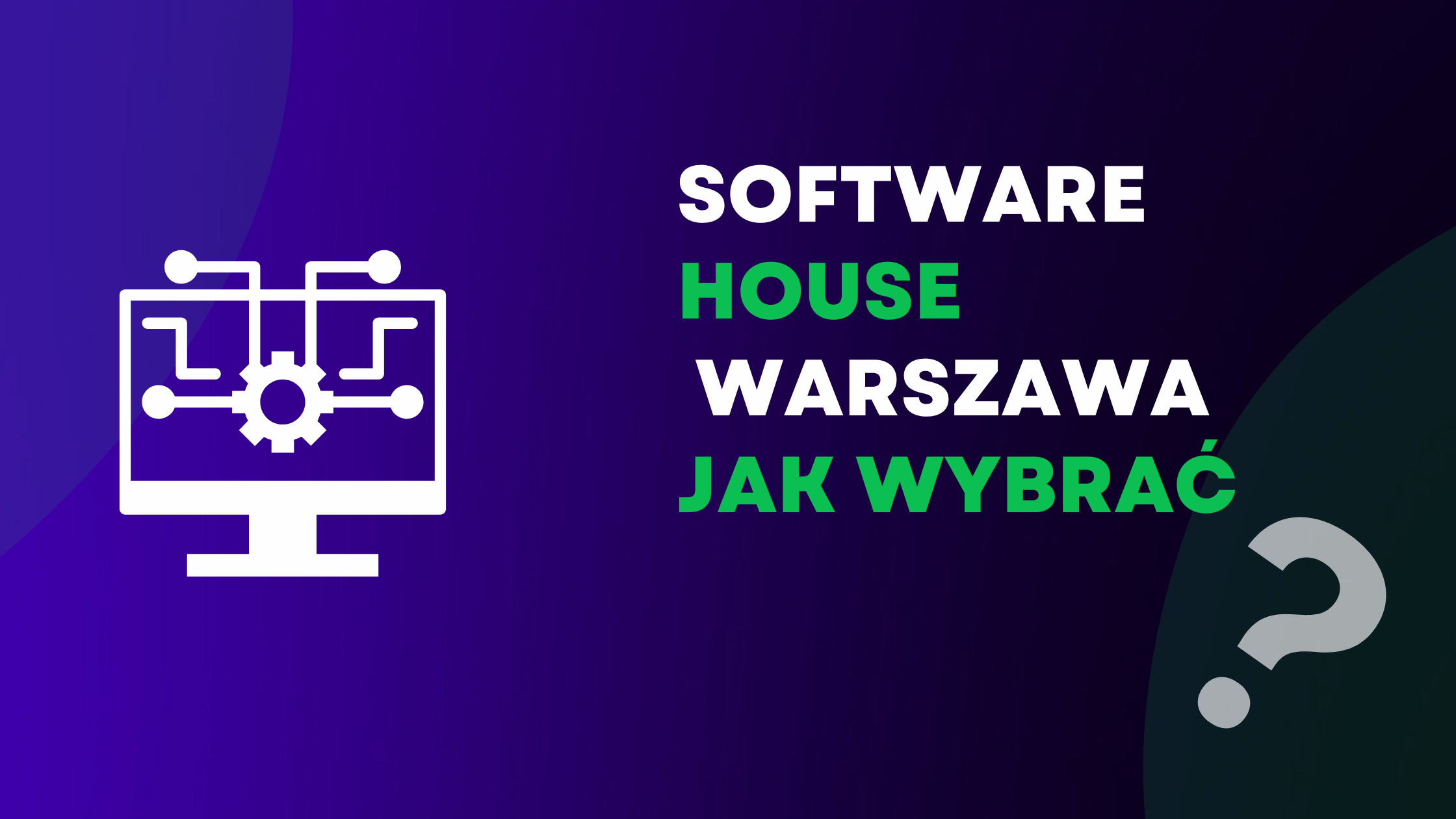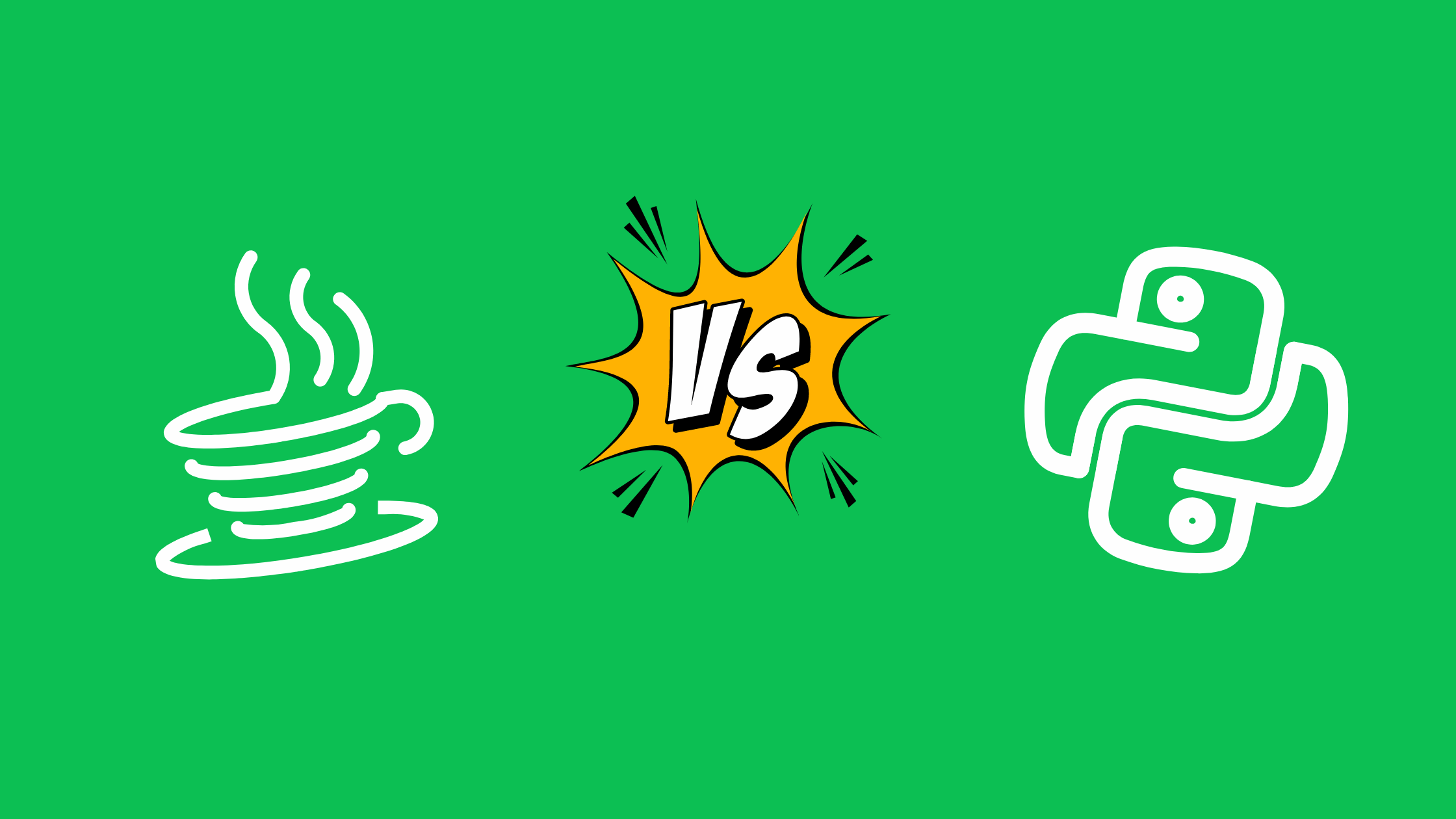Wymagania jako punkt wyjścia
Opierając się na naszym bogatym doświadczeniu w zarządzaniu projektami, mocno wierzymy, że zbieranie wymagań jest podstawowym krokiem w zrozumieniu oczekiwań klientów lub użytkowników końcowych projektu. Ten krok jest kamieniem węgielnym, na podstawie którego planujemy, projektujemy, wdrażamy i oceniamy nasze projekty. Naszym zdaniem skrupulatne zbieranie wymagań jest nie tylko ważne; jest absolutnie niezbędne dla powodzenia każdego projektu.
W przypadku większych projektów często obserwujemy, że szacunki komercyjne są wymagane na samym początku współpracy. Dzieje się tak nawet wtedy, gdy nie są jeszcze dostępne pełne specyfikacje i szczegółowa dokumentacja. Z naszej perspektywy kluczowe jest ustalenie odpowiedniego modelu współpracy z partnerami. Opowiadamy się za modelami takimi jak czas i materiał, w których przejrzystość jest głównym filarem, i zagłębimy się w to głębiej w kolejnych dyskusjach. Zalecamy również przeprowadzenie dokładnej analizy projektu. Dzięki temu nasi specjaliści mogą intensywnie analizować projekt przez kilka godzin, a następnie przedstawić bardziej precyzyjne szacunki handlowe. Ważnym spostrzeżeniem wynikającym z naszego doświadczenia jest jednak to, że specyfikacje projektu często ewoluują w trakcie procesu rozwoju. Ta płynność wymagań wymaga dobrze zaplanowanego podejścia do zarządzania tymi zmianami, zazwyczaj poprzez "zlecenia zmian", aby uwzględnić dynamiczny charakter rozwoju projektu.
Unikanie nieporozumień i błędów
Gdy wymagania nie są jasne lub nie są prawidłowo rozumiane, istnieje ryzyko nieporozumień i błędów podczas realizacji projektu. Może to prowadzić do opóźnień, nadmiernego zużycia zasobów, a nawet niezadowolenia klienta. Jednym z celów zbierania wymagań jest uniknięcie takich sytuacji. Precyzyjne i jasne zrozumienie wymagań pomaga zespołowi projektowemu w planowaniu pracy, identyfikacji ryzyka i ocenie kosztów. Pozwala to na bardziej efektywne zarządzanie projektem i eliminowanie problemów na wczesnych etapach, zanim staną się one poważnymi przeszkodami.
Zwiększenie zadowolenia klientów
Zbieranie wymagań jest kluczowym elementem budowania zaufania i zwiększania satysfakcji klienta. Gdy klient widzi, że jego oczekiwania zostały uwzględnione i dokładnie zrozumiane, jest bardziej skłonny zaufać zespołowi projektowemu. Zaufanie to może prowadzić do długoterminowych relacji biznesowych i rekomendacji. Co więcej, właściwe zebranie wymagań pozwala dostarczyć dokładnie to, czego potrzebuje klient. Oznacza to, że produkt lub usługa będą bardziej użyteczne i satysfakcjonujące dla użytkowników końcowych.
Prosty i wydajny sklep frontowy z funkcjami white label pozwala na szybkie i wydajne tworzenie nowych sklepów marki.
Najlepsze metody zbierania wymagań: Jak robić to skutecznie?

1. Określenie celu projektu
Jasne zdefiniowanie głównego celu, np. przekształcenie odwiedzających witrynę w klientów i ustalenie kluczowych wyników monitorowania postępów.
2. Rozpoznawanie i analiza interesariuszy
Identyfikacja wszystkich interesariuszy, takich jak użytkownicy, klienci, pracownicy, oraz zrozumienie ich potrzeb i oczekiwań.
3. Tworzenie rejestru produktów
Zaczynając od stworzenia rejestru produktu, który zawiera wszystkie wymagania i zadania.
4. Określenie wymagań funkcjonalnych i niefunkcjonalnych
Jasne zdefiniowanie wymagań funkcjonalnych, takich jak funkcje wyszukiwania i filtrowania, a także niefunkcjonalnych, takich jak bezpieczeństwo, wydajność.
5. Korzystanie z historii użytkownika
Korzystanie z historyjek użytkownika w celu lepszego zrozumienia potrzeb i oczekiwań użytkowników końcowych.
6. Stosowanie metodologii Agile i Scrum
Elastyczne podejście do wymagań, pozwalające na ich modyfikację i dostosowanie w trakcie projektu.
7. Priorytetyzacja MoSCoW
Zastosowanie metody MoSCoW do kategoryzacji wymagań jako "musi mieć", "powinien mieć", "może mieć" i "nie będzie mieć".
8. Zaangażowanie zespołu i interesariuszy
Organizowanie sesji burzy mózgów z całym zespołem i interesariuszami w celu wspólnego tworzenia i udoskonalania wymagań.
9. Monitorowanie i adaptacja
Regularne przeglądy postępów i dostosowywanie wymagań w oparciu o informacje zwrotne i zmiany w projekcie.
10. Definicja gotowości (definicja gotowości)
Ustalenie jasnych kryteriów, które muszą zostać spełnione, aby zadanie zostało uznane za ukończone.
11. Analiza konkurencji i trendów rynkowych
Badanie funkcjonalności konkurencyjnych stron i dostosowywanie wymagań w kontekście aktualnych trendów i oczekiwań klientów.
12. Korzystanie z narzędzi analitycznych
Korzystanie z narzędzi takich jak Google Analytics do monitorowania kluczowych wskaźników wydajności witryny, np. współczynnika konwersji, współczynnika odrzuceń.
Praktyki te pomogą stworzyć jasno określony, elastyczny i skuteczny plan wymagań, który będzie podstawą do realizacji projektu.
Bardzo ważne, stosunkowo proste do wdrożenia, ale otwierające oczy na wiele kwestii z różnych perspektyw jest tworzenie historii użytkowników, które są doskonałą kanwą do stworzenia pierwszego Backlogu Produktu przez zespół.
Historie użytkowników: Tworzenie wartościowych narracji dla klienta

User Stories są kluczowym elementem w procesie tworzenia oprogramowania, szczególnie w metodykach zwinnych. Opierając się na hipotetycznym projekcie sklepu internetowego, User Stories można wykorzystać do lepszego zrozumienia potrzeb i oczekiwań użytkowników. Oto szczegółowe omówienie:
Struktura historyjek użytkownika
Format narracji użytkownika
Typowy format to: "Jako [typ użytkownika], chcę [działanie lub funkcja], aby [korzyść/cel]". Na przykład: "Jako młody profesjonalista chcę mieć możliwość filtrowania rowerów według koloru i typu, dzięki czemu będę mógł szybko znaleźć model odpowiadający moim preferencjom".
Korzyści
Format ten pomaga zespołowi programistów skupić się na rzeczywistych potrzebach użytkowników, a nie na specyfikacjach technicznych. Ułatwia to stworzenie bardziej intuicyjnego i przyjaznego dla użytkownika interfejsu sklepu internetowego.
Innym przykładem historii użytkownika z perspektywy różnych interesariuszy może być:
"Jako przedstawiciel działu obsługi klienta chcę mieć zintegrowany system śledzenia zapytań klientów w sklepie internetowym, dzięki czemu będę mógł efektywnie zarządzać zapytaniami klientów i odpowiadać na nie, co przełoży się na większe zadowolenie klientów".
"Jako dyrektor generalny chcę kompleksowych narzędzi analitycznych i raportujących zintegrowanych z naszym sklepem internetowym, aby móc podejmować decyzje oparte na danych w celu zwiększenia rentowności i udziału w rynku".
Opracowywanie historii użytkownika
Szczegółowe opisy
Chociaż historyjki użytkownika są z natury krótkie, powinny zawierać wystarczającą ilość informacji, aby zespół mógł zrozumieć kontekst i cel funkcjonalności. Ważne jest, aby uwzględnić szczegóły, które pomogą w projektowaniu funkcji odpowiednich dla grupy docelowej, np. młodych profesjonalistów poszukujących rowerów.
Uzasadnienie
Każda historia powinna wyjaśniać, dlaczego dana funkcjonalność jest ważna. Na przykład funkcja filtrowania może być kluczowa dla użytkowników, którzy mają precyzyjne preferencje dotyczące produktów takich jak rowery.
Historie użytkownika w kontekście projektu
Zrozumienie celów użytkownika
Chociaż historyjki użytkownika są z natury krótkie, powinny zawierać wystarczającą ilość informacji, aby zespół mógł zrozumieć kontekst i cel funkcjonalności. Ważne jest, aby uwzględnić szczegóły, które pomogą w projektowaniu funkcji odpowiednich dla grupy docelowej, np. młodych profesjonalistów poszukujących rowerów.
Przykłady historii
"Jako stały klient chcę otrzymywać powiadomienia o promocjach, aby korzystać z najlepszych ofert". Ta historia podkreśla znaczenie personalizacji i komunikacji marketingowej.
Zaangażowanie interesariuszy
Informacje zwrotne
Ważne jest, aby interesariusze, tacy jak właściciele sklepu i dział marketingu, byli zaangażowani w proces tworzenia i weryfikacji User Stories. Zapewnia to, że historie spełniają rzeczywiste potrzeby biznesowe i użytkowników.
Przykłady historii
"Jako stały klient chcę otrzymywać powiadomienia o promocjach, aby korzystać z najlepszych ofert". Ta historia podkreśla znaczenie personalizacji i komunikacji marketingowej.
Iteracyjne udoskonalanie
Zwinność
User Stories są często udoskonalane i aktualizowane w miarę postępu projektu. Pozwala to na elastyczne reagowanie na zmieniające się wymagania i warunki rynkowe, co jest kluczowe w zwinnych metodologiach zarządzania projektami. W tym kontekście User Stories są nie tylko narzędziem do komunikowania wymagań, ale także pomagają w kształtowaniu samego produktu - sklepu internetowego. Zapewniają, że funkcje sklepu będą spełniać konkretne potrzeby i problemy użytkowników, co z kolei może przyczynić się do zwiększenia konwersji i zadowolenia klientów.
Metoda MoSCoW: Narzędzie do ustalania priorytetów w projektach

Metoda MoSCoW jest techniką ustalania priorytetów stosowaną w zarządzaniu projektami, zwłaszcza w metodykach Agile i Scrum. Akronim MoSCoW oznacza cztery kategorie priorytetów: Must have, Should have, Could have i Won't have. Poniżej omówię szczegółowo każdą z tych kategorii i ich zastosowanie w projekcie sklepu internetowego.
M - Must Have
Definicja
Wymagania te są niezbędne dla powodzenia projektu. Bez nich projekt nie może zostać ukończony lub zostanie uznany za niewystarczający.
Przykład
Sklep internetowy - Funkcjonalność koszyka na zakupy. Możliwość przeglądania i wybierania produktów. Podstawowe opcje płatności i dostawy. Zabezpieczenie danych klientów i transakcji.
S - Powinien mieć
Definicja
Są to ważne wymagania, które powinny zostać wdrożone, jeśli to możliwe, ale ich brak nie zagraża podstawowej funkcjonalności projektu.
Przykłady
Zaawansowane funkcje filtrowania produktów. Rekomendacje produktów na podstawie historii zakupów. Integracja z mediami społecznościowymi.
C - Mógł mieć
Definicja
Są to dodatkowe wymagania, które można wdrożyć, jeśli jest wystarczająco dużo czasu i zasobów.
Przykłady
Dostosowanie interfejsu użytkownika w oparciu o preferencje klienta. Funkcje porównywania produktów. Programy lojalnościowe dla klientów.
W - Nie będzie
Definicja
Wymagania te są brane pod uwagę, ale celowo wyłączone z obecnego zakresu projektu. Mogą one zostać poddane przeglądowi w przyszłości.
Przykłady
Wirtualna przymierzalnia rowerów. Integracja z ekosystemami inteligentnego domu. Zaawansowana analiza Big Data do personalizacji ofert.
Zastosowanie metody MoSCoW
Przejrzysta komunikacja: Pomaga w jasnym komunikowaniu priorytetów i oczekiwań zarówno w zespole, jak i wobec interesariuszy.
Elastyczność: Umożliwia elastyczne zarządzanie zmianami w projekcie, ponieważ łatwiej jest wprowadzać modyfikacje w ramach kategorii "Mogło być" lub "Powinno być".
Zarządzanie oczekiwaniami: Pomaga w zarządzaniu oczekiwaniami klientów i zespołu, jasno określając, co zostanie uwzględnione w projekcie, a co nie.
Wydajność: Przyczynia się do bardziej efektywnego wykorzystania zasobów poprzez skupienie się na najważniejszych elementach projektu.
Dzięki zastosowaniu metody MoSCoW w projekcie sklepu internetowego, zespół może skutecznie zarządzać priorytetami i optymalnie wykorzystywać dostępne zasoby, zapewniając jednocześnie spełnienie kluczowych wymagań. Metoda ta pozwala na zachowanie równowagi pomiędzy ambitnymi celami a realistycznymi oczekiwaniami, co jest kluczowe w dynamicznym środowisku projektowym.
Jak definicja gotowości (DoD) pomaga skutecznie ukończyć projekt sklepu internetowego?

DoD definiuje jasne i wymierne kryteria, które musi spełnić każda funkcjonalność lub zadanie, aby zostało uznane za ukończone. Jest to niezbędne narzędzie w zarządzaniu projektami, które pomaga utrzymać wysokie standardy realizacji i zadowolenie klienta.
Spełnianie wymagań funkcjonalnych
Znaczenie
Każda funkcja sklepu, od wyszukiwania produktów po system płatności, musi spełniać określone wymagania funkcjonalne. Gwarantuje to, że produkt końcowy jest kompletny i spełnia oczekiwania klientów.
Przykład
W przypadku systemu filtrowania produktów DoD może wymagać, aby użytkownicy mogli filtrować produkty według różnych kategorii, takich jak cena, kolor, marka itp.
Przechodzenie testów jakości
Cel
Zapewnienie, że wszystkie funkcje działają poprawnie i są wolne od błędów.
Metody
Obejmuje to testy jednostkowe, integracyjne i testy użytkowników, które zapewniają prawidłowe działanie każdej części sklepu internetowego.
Optymalizacja wydajności
Znaczenie
Witryna musi spełniać określone standardy wydajności, takie jak szybkość ładowania, aby zapewnić pozytywne wrażenia użytkownika.
Wdrożenie
DoD może określić konkretny cel dotyczący czasu ładowania strony, który musi zostać osiągnięty.
Zgodność z UX/UI Design
Cel
Projekt UX/UI musi być spójny z pierwotnymi założeniami, aby zapewnić intuicyjną i przyjemną nawigację po sklepie.
Wdrożenie
DoD może określić, że każda strona lub funkcja musi zostać zatwierdzona przez zespół UX/UI przed ostatecznym wdrożeniem.
Bezpieczeństwo i prywatność
Znaczenie
Ochrona danych osobowych i transakcji jest kluczem do budowania zaufania klientów.
Wymagania
DoD określa, że wszystkie funkcje muszą być zgodne z obowiązującymi przepisami dotyczącymi ochrony danych osobowych.
Dokumentacja
Rola
Dokładna dokumentacja każdej funkcji ułatwia przyszłą konserwację i rozwój witryny.
Wymagania
DoD może wymagać udokumentowania każdej nowej funkcji przed jej wdrożeniem.
Zgodność z SEO
Cel
Optymalizacja pod kątem wyszukiwarek jest niezbędna, aby ułatwić klientom znalezienie sklepu online.
Wymagania
DoD może zawierać konkretne cele SEO, takie jak słowa kluczowe, które muszą być zawarte na stronie.
Dostępność i użyteczność
Znaczenie
Strona powinna być dostępna i użyteczna dla wszystkich użytkowników, w tym tych z różnymi potrzebami i ograniczeniami.
Wdrożenie
DoD definiuje standardy dostępności, które muszą być spełnione.
Zatwierdzenie przez zainteresowane strony
Proces
Niektóre funkcje mogą wymagać formalnego zatwierdzenia przez interesariuszy, takich jak dział marketingu lub kierownictwo firmy.
Testy akceptacji klienta
Cel
Ostateczne testowanie przez klienta lub grupę docelową, aby upewnić się, że spełnia ich oczekiwania i potrzeby.
Wdrażanie definicji Done
Spójność: DoD musi być konsekwentnie stosowany we wszystkich sprintach i zadaniach w projekcie, aby zapewnić jednolitą jakość.
Adaptacja: DoD może ewoluować wraz z projektem, dostosowując się do nowych wymagań i doświadczeń.
Komunikacja: Jasna i przejrzysta komunikacja DoD z całym zespołem projektowym i interesariuszami.
Przegląd i ulepszenia: Regularne przeglądy DoD w celu zapewnienia, że nadal odzwierciedlają one potrzeby projektu i standardy jakości.
W kontekście projektu sklepu internetowego, Definition of Done jest niezbędna do zapewnienia, że wszystkie elementy witryny są całkowicie i profesjonalnie wykonane przed udostępnieniem ich użytkownikom końcowym. Pomaga to utrzymać wysoką jakość produktu i zadowolenie klientów.
Wnioski
Podsumowując, kluczem do skutecznego zarządzania projektem jest dokładne zebranie wymagań, co ma fundamentalne znaczenie dla zrozumienia oczekiwań klienta i skutecznego zarządzania złożonymi aspektami projektu. Współpraca z doświadczonym i kompetentnym partnerem jest niezbędna, aby uniknąć problemów i poprowadzić projekt w kierunku sukcesu, szczególnie gdy istnieje świadomość potencjalnego ryzyka. Wykorzystanie metod takich jak User Stories i technika MoSCoW pozwala skutecznie dostosować projekt do potrzeb interesariuszy, zapewniając, że produkt końcowy nie tylko spełnia, ale często przekracza oczekiwania klienta.












